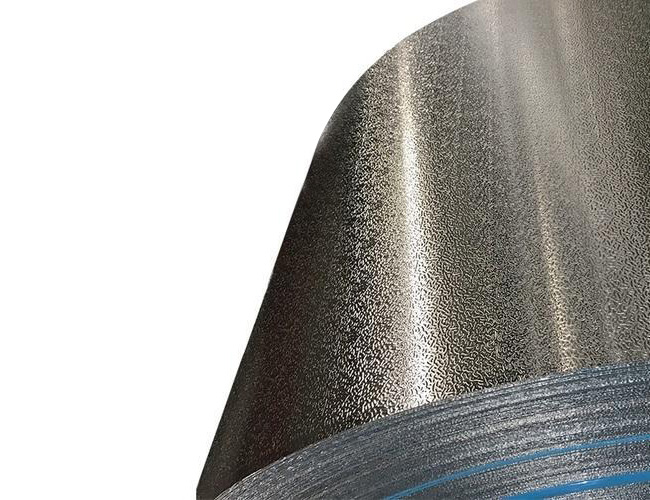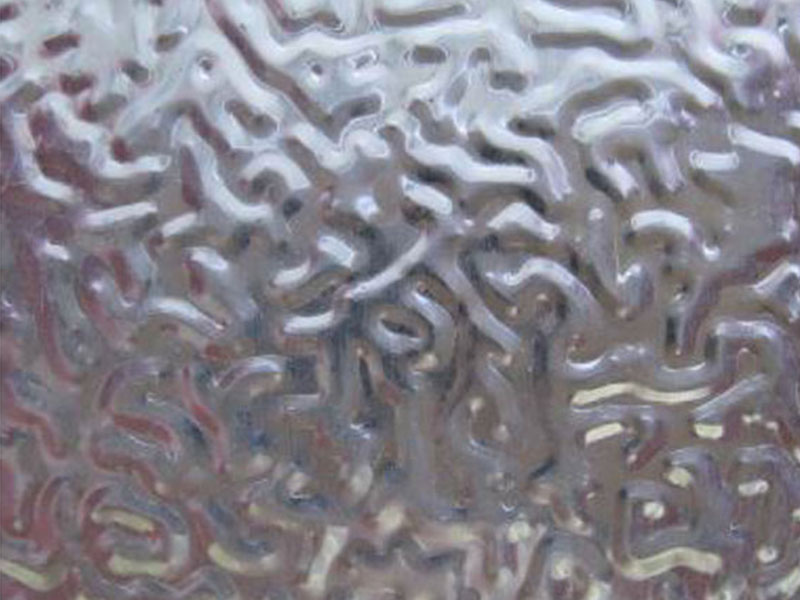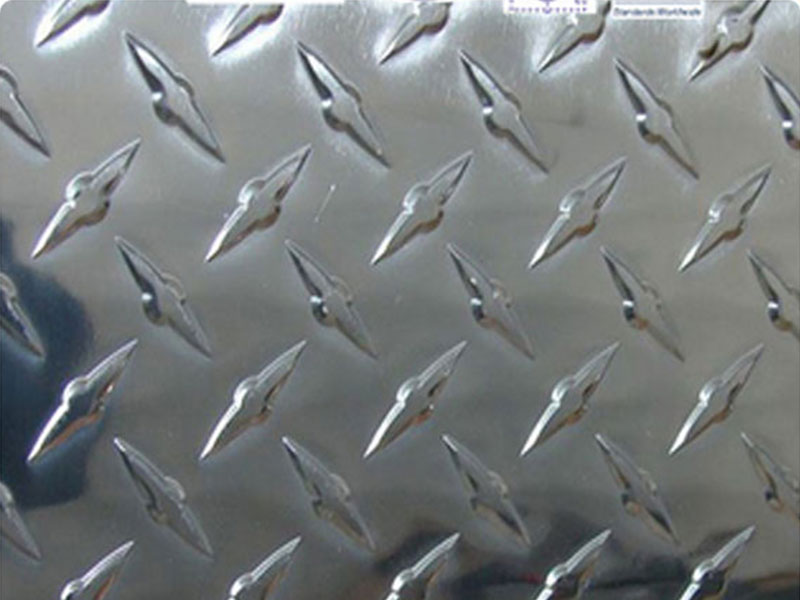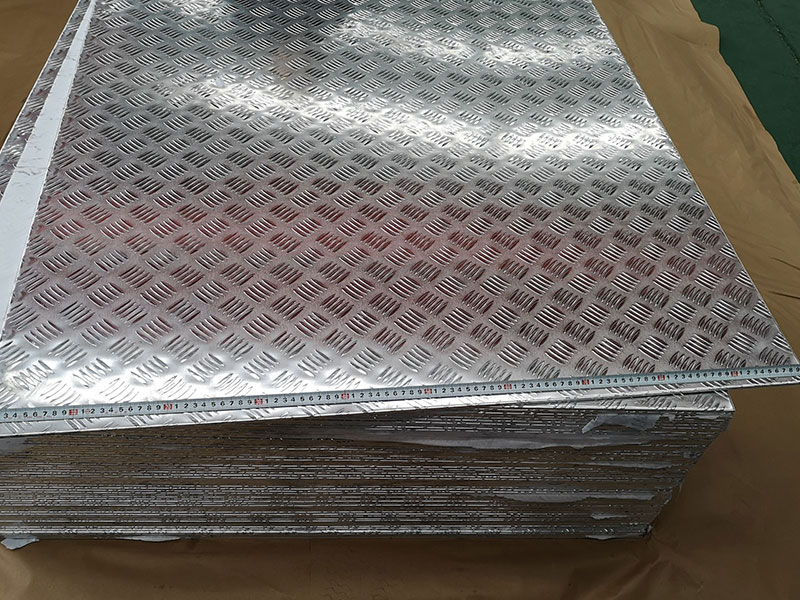Aluminum Foil embossed For Kitchen
When we think of aluminum foil in the kitchen, the image that often comes to mind is a plain, smooth sheet wrapped around leftovers or covering baking trays. Yet, behind this seemingly simple household staple lies an intriguing innovation — embossed aluminum foil. Though it may sound like a small modification, embossing changes much about how we use foil and even how it improves our cooking and food storage experience.
What Is Embossed Aluminum Foil?
Embossing refers to the process where patterns or textures are imprinted on the aluminum foil surface via pressure, creating raised or indented designs. With kitchen foil, the embossing is typically a subtle pattern of geometrical shapes — such as dots, diamonds, or grids — evenly spread across the surface.
While my expertise lies in the production of stucco-embossed aluminum sheet for larger-scale applications, the principles and challenges involved directly relate to the embossing of aluminum foil for kitchen use. The difference lies in scale and the desired finish. Our factory utilizes heavy-duty embossing rollers and significant pressure to create the deep, textured stucco effect on thicker aluminum sheets. Kitchen foil, conversely, requires a much finer and shallower embossing, often achieving a simpler pattern like a linen or a subtle ripple. This necessitates adjustments in roller design, pressure calibration, and potentially even the alloy composition of the aluminum to avoid tearing or fracturing the thinner material. The control of surface finish is also paramount; kitchen foil requires a smoother, more readily-cleanable surface than the deliberately textured stucco sheets we produce.
The smaller scale of kitchen foil production leads to different quality control concerns. While we focus on large-scale consistency and minimal defects across entire sheets, kitchen foil requires a focus on avoiding microscopic imperfections that could affect food safety or appearance. Our process often involves multiple stages of inspection for larger flaws, while kitchen foil production might utilize inline sensors and automated systems for high-speed defect detection. Further, the material cost difference also significantly impacts production decisions. The expense of aluminum is a smaller factor in our large-scale operations, whereas for kitchen foil producers, cost-efficiency in material usage and waste reduction is a primary focus, often influencing design choices in emboss
This embossed texture is not for aesthetic alone; it serves important functional benefits tied to the aluminum foil’s physical and chemical properties.
Why Emboss Aluminum Foil for Kitchen Use?
1. Enhanced Mechanical Strength and Durability
Standard aluminum foil is very thin, around 0.016 mm to 0.024 mm in household kitchen grades (typically grade 1100 for pure aluminum or alloy 8011 for better hold). This thinness, while ideal for flexibility and thermal conductivity, makes unembossed foil prone to tearing or puncturing.
Embedding an embossed pattern slightly increases the thickness locally and introduces a mechanical stiffening effect. The raised embosses act like tiny reinforcements, much like corrugations in cardboard, enhancing tear resistance and making the foil easier to handle without tearing.
2. Improved Heat Retention and Distribution
Embossed aluminum foil's textured surface increases the surface area exposed to heat. From a thermal conduction standpoint, this ensures more even and slightly prolonged heat retention, beneficial in oven cooking or keeping food warm.
Moreover, when used as a lid or wrap, embossed foil traps microscopic air pockets along the raised ridges, creating a thin insulating layer that can reduce heat loss without sacrificing foil’s inherent heat reflectivity.
3. Better Grip and Handling
Embossing gives the foil a slight roughness, improving grip and ease of folding or crimping seals around containers. It reduces slipping or wrinkling unpredictably — when storing food tightly in uncertain-shaped containers or for delivering perfectly compact barbecue wraps.
Material and Temper Standards for Kitchen Foil
Most embossed aluminum foils used in kitchens are made from commercially pure aluminum alloys such as Aluminum 8011. This alloy contains small quantities of manganese (~0.3–0.7%) and iron (~0.3–0.7%), enhancing strength and formability while retaining excellent corrosion resistance and workability.
Typical Chemical Composition of Aluminum Foil (Grade 8011):
| Element | Composition (wt%) |
|---|---|
| Aluminum (Al) | Balance (≥97.0%) |
| Manganese (Mn) | 0.3 – 0.7 |
| Iron (Fe) | 0.3 – 0.7 |
| Silicon (Si) | ≤ 0.4 |
| Copper (Cu) | ≤ 0.05 |
| Zinc (Zn) | ≤ 0.1 |
| Tin (Sn) | ≤ 0.05 |
Temper Designations:
- Kitchen foils are generally supplied in fully annealed (soft) temper conditions to allow easy shaping.
- Some embossed foils may undergo slight cold rolling post-embossing for moderate strength balance (temper O or H12).
Manufacturing and Embossing Process Considerations
The foil is rolled to the desired thickness, typically 0.016 mm to 0.024 mm for household foils. The embossing is typically made using paired rollers with matching patterns pressed on both sides simultaneously — for example, diamond or dot embossing patterns. This bilateral embossing contributes further to symmetric thickness and balanced mechanical properties.
Once embossed, the foil is wound onto rolls and pure nitrogen or inert atmosphere packaging sometimes reduces oxidation and wrinkle damage pre-shipment.
Practical Kitchen Uses of Embossed Aluminum Foil
- Baking & Roasting: The embossed texture holds heat slightly better and prevents strong contact where spillage occurs.
- Food Storage: Improved sealing with less chance of tearing helps keep leftovers fresher longer.
- Grilling & Barbecue: Non-slip handling enables tight wraps around vegetables or meats.
- Camping & Portable Cooking: The durability and tear resistance ensure longer useful life under rugged use.
Embossed aluminum foil keeps the lightweight advantage of foil while enhancing usability, resulting in reduced wastage. In kitchens, less frequent tearing means less discarded foil — helping environmentally conscious consumers reduce waste breathlessly.
Recyclability remains unaffected, as the embossing involves no coatings or additives, allowing embossed kitchen foils to retain their status as fully recyclable aluminum products.
https://www.aluminumplate.net/a/aluminum-foil-embossed-for-kitchen.html







